Will Artificial Intelligence Be the End of Web Design & Development?
In this article, we’ll be discussing further if artificial intelligence will be the end of web design as we take a look at the uses of AI in web development.
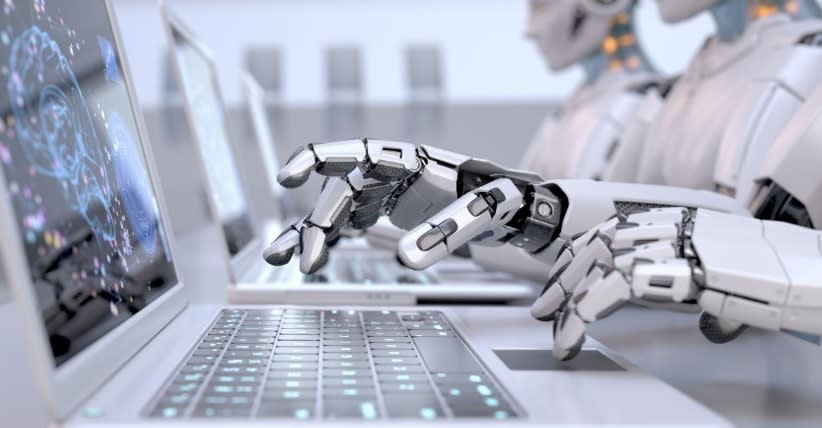
Will AI replace human web designers soon?
It’s a question that keeps most of us up at night as the noise around artificial design intelligence (ADI) continues to grow louder.
ADI is AI-powered software that aims to completely automate web design.
However, most of these artificial design intelligence projects have produced poorly performing websites with underwhelming conversions.
ADIs aside, artificial intelligence tools are nonetheless finding a place in web design as intelligent assistants, just as much as they enjoy trending applications in other sectors of the economy as well.
Rather than replacing developers outrightly, AI-powered software has made life easier for us by enabling the automation of repetitive web design chores.
In this article, we’ll be discussing further if artificial intelligence will be the end of web design as we take a look at the uses of AI in web development.
Let’s dive right in.
1. Design Brainstorming Convenience
The average web design client requires many proposals before settling on a choice.
Typically, your customers aren’t quite sure what exactly they’re looking for, so more often than not, you have to go back to the drawing board for each wireframe.
Speaking of which, if you’re short on ideas, these full stack web development courses will provide you with the inspiration you need because you get to comb through a ton of design ideas during the practical projects.
Brainstorming often means toiling through heaps of code each time to rework sections. In severe instances, it means abandoning the entire code altogether when your client chooses to go in a completely different direction.
AI software is helping developers skip through huge chunks of coding by translating wireframes into solid template samples.
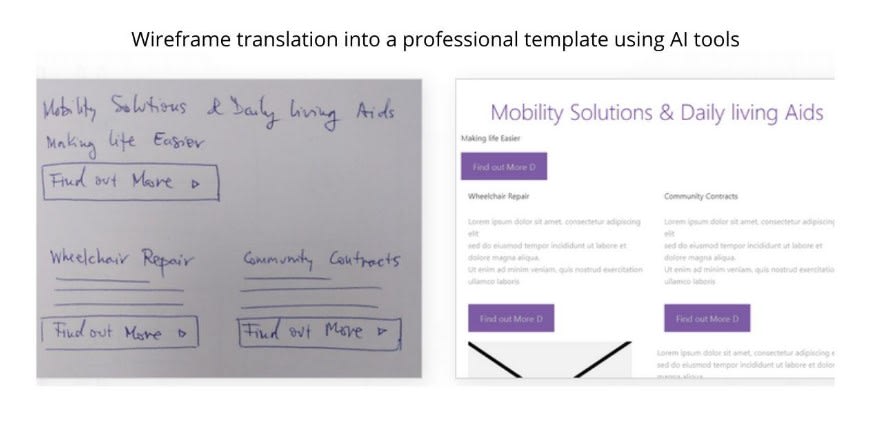
In some cases, you can even hand draw a rough wireframe on paper and run it through software to get a professional art replica of the design, including the HTML summary.
As an example of the assistive uses of AI in web development and to illustrate this concept in action, we’ll consider Sketch2code.
A brainchild of Microsoft, this tool relies on a computer vision API for object recognition. After which, natural language processing algorithms enable it to decipher sketches and writing into a provisionary website template.
Developers can use this template as a blueprint for coding and customizing website functionality.
As you can see, a human developer is still responsible for most of the work.
2. Analyzing User Habits
Wouldn’t you love to know web user patterns?
With poor visibility of customer attention span, ads would be misplaced on landing pages and they wouldn’t be as effective.
By the time performance analytics check in, you’re thinking about reworking an already tedious design.
But there’s a better way.
In another exciting use case of AI for web design, predictive analytics enable web developers to foresee web user interaction within websites, for better CTA and ad placements.
For example, Attention Insight uses deep learning algorithms feeding on statistical data to predict user heat maps on a website. If you don’t know how to develop deep learning algorithms yet, this guide on how to become an AI engineer will help you get there.
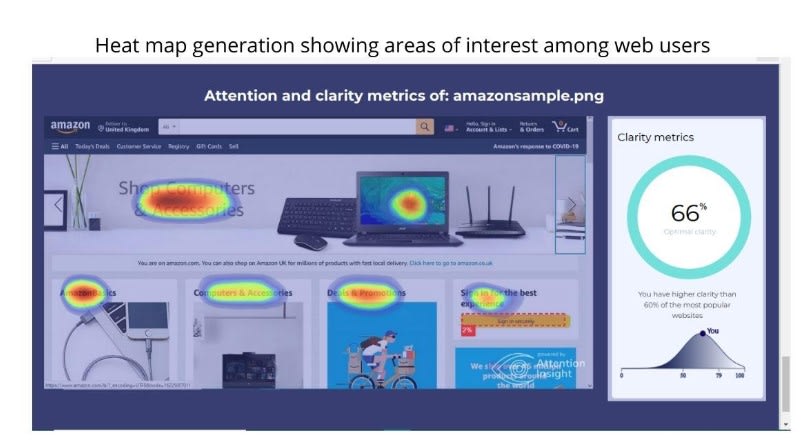
The software does that by tracking eye movements across a page to know what areas get the most visual attention.
That way, you can rework a landing page draft as opposed to working with performance feedback from traffic after the website goes live.
AI predicting user patterns is one of the many interesting web development trends in 2022, and there are other important trends that modern-day developers would do well to know about. Here again we see artificial intelligence being a helper, and not a replacement for the web developer.
In the article above you’ll find out the web design trends rocking the industry today, including why you should start thinking seriously about optimizing your web designs for voice search.
3. Easing Photo Generation
As a developer, you know all too well the power of images in effective web design.
Creating optimized website images is not just about looking good or color psychology, it’s also a matter of SEO.
Poorly optimized images take too long to load, which is a big deal today considering bounce rates reach 90% when loading time exceeds 5 seconds, according to a Google study.
Now comes the other problem, sourcing images for landing pages and general layout.
With AI-powered photo generators, web developers can transform rudimentary art sketches into photorealistic images.
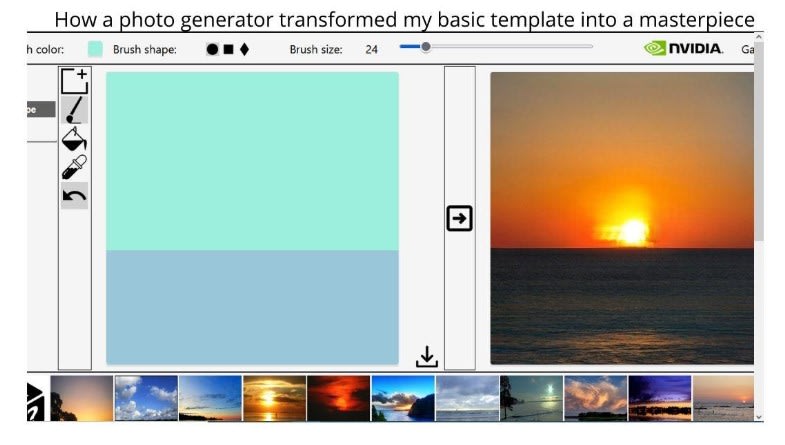
Additionally, you can also determine how these graphics would play out across different screen sizes for better finetuning.
Via AI-powered image generation, Nvidia’s GuaGAN is simplifying graphic work for developers.
From creating generic human faces to backdrop pictures, you can make a wide variety of images via simple strokes and shades.
Tools like GuaGAN work on a generative adversarial network (GAN) concept.
Unsupervised machine learning occurs as two competing algorithms use statistical patterns to ultimately create high-resolution photo renderings, which developers can upload via code tags.
As demonstrated yet again, it’s not a matter of whether artificial intelligence will be the end of web design & development, rather a question of how it helps. Developers remain heavily involved in every aspect of the design process.
4. Accelerating UI Testing
What is your procedure for user interface testing?
Front-end web development gets less fun when it reaches the UI testing phase, where you need to ensure navigation, buttons, and general website functionality is in order.
Manually testing the UI is time-consuming, and cumbersome, and you might miss a few bugs as you evaluate performance from the end user’s point of view.
While still vital as nothing beats judging UI from the customer’s perspective, automated test tools are helping developers execute faster and wider UI testing.
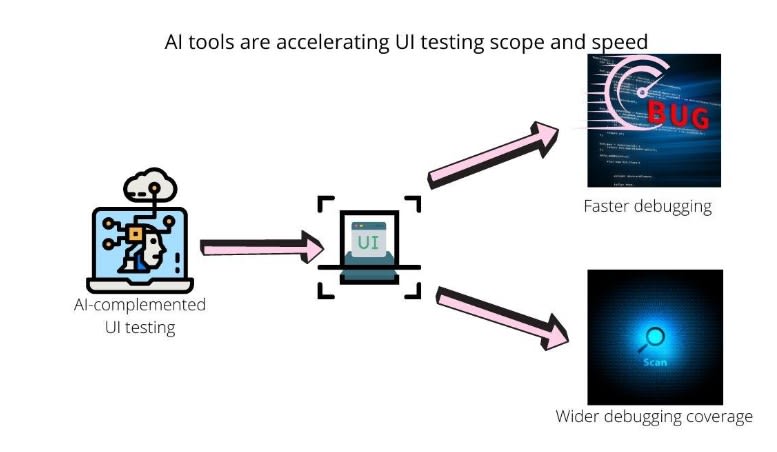
Via the power of computer vision and deep learning algorithms trained on data references for the desired UI, these AI-driven programs can identify differences between a new design and the base sample and flag down inconsistencies.
Still on the matter of testing, penetration testing is a huge concern in a world where digital crime is rampant. Therefore, check out this piece on incredible web penetration testing tools to learn about vital resources for creating highly secure websites for your clients.
An example of UI testing in action is Applitools’ machine learning UI testing concept. This ML program allows programmers to perform tests with shorter versions of code, and pinpoints bugs easily, enabling you to recode these UI issues quickly.
5. Intelligent Coding Partners
Do you type up complete lines of code for every design?
Wow, that’s impressive.
However, you’ll agree that coding typos crop up here and there once fatigue sets in. Even if they don’t, that’s a lot of coding work every time you need to add new functionality or make an update.
With an intelligent code helper, you don’t have to type each line of code up to the last punctuation.
Instead, AI algorithms learn from your coding patterns over time and offer code completion suggestions implementable by a single button.
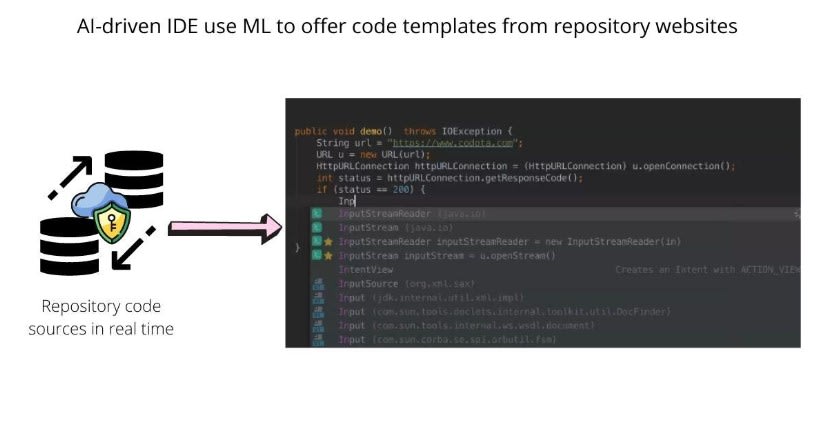
It becomes easy to add new elements as a result, simplifying the development work that goes into stitching different parts of a website together.
If you still prefer hand-coding, you’ll also love this article on why hand-coding beats site builders, which includes 9 good reasons why writing code is the way to go.
Codota is an excellent example of intelligent AI for web design.
This AI-powered IDE not only offers autocomplete suggestions but also object and class browsers.
Codota learns from GitHub and Stackoverflow, among other sources, to offer real-life code examples. Revision is vital though because this code isn’t always clean.
Once more, tools like Codota don’t alleviate the need for coding expertise or knowledge as it only makes work easier for developers.
Conclusion
So will artificial intelligence be the end of web design & development?
Absolutely NOT.
ADIs continue to falter. While producing sites in mere minutes, these AI-generated websites are usually poorly optimized for SEO and typically aren’t built for sales performance.
Nevertheless, to give credit where it’s due, AI is helping developers in huge ways, though it’s not capable enough to step into the driver’s seat.
Granted AI has reduced coding requirements for web design, insider knowledge is still vital for better finetuning and customization.
A human web developer remains vital in any web design process, helping drive intelligent automation with purpose and effectiveness, and generate customer-friendly UI.
Bringing coding expertise, unrivaled human ingenuity, and design prowess to the table, we remain way ahead as the better choice for bespoke and strategic web development and design.
